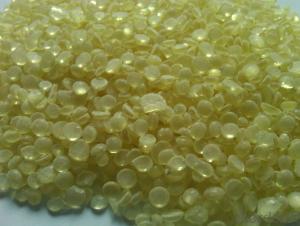From towering skyscrapers to the sleek designs of modern automobiles, the backbone of our infrastructure is quietly holding it all together. It’s not the steel or concrete that we often think of, but rather an unassuming material that has become indispensable in the world of construction and design: fiberglass. This versatile material has been revolutionizing the way we build and create for decades, and its story is one of innovation, resilience, and a little bit of magic.
The Origins of Fiberglass: A Serendipitous Discovery
Fiberglass, or glass-reinforced plastic (GRP), was first invented in 1938 by an American engineer named Russell Games Slayter. The story goes that Slayter was attempting to create a new type of insulation when he stumbled upon the idea of combining plastic with fine glass fibers. Little did he know that this accidental discovery would pave the way for a material that would change the face of modern infrastructure.
The Versatility of Fiberglass
One of the most striking features of fiberglass is its versatility. It can be molded into virtually any shape, making it an ideal candidate for a wide range of applications. From boat hulls to storage tanks, from wind turbine blades to the protective casings of our smartphones, fiberglass is the silent hero behind the scenes. It’s strong, lightweight, and incredibly durable, which is why it’s become a favorite among engineers and designers alike.
The Strength of Fiberglass
But what really sets fiberglass apart is its strength. It’s a material that can withstand a lot of pressure without breaking or bending. This is particularly important in industries where safety is paramount, such as aerospace and automotive. Fiberglass is often used in the construction of airplanes and cars because of its ability to absorb impact without compromising the structural integrity of the vehicle.
The Role of Fiberglass in Modern Infrastructure
Fiberglass has become an integral part of our modern infrastructure in ways that many people might not even realize. It’s in the bridges we cross, the buildings we inhabit, and even the roads we drive on. Its non-corrosive nature makes it perfect for environments where traditional materials would deteriorate over time. And because it’s so easy to maintain, fiberglass is a cost-effective solution for long-term projects.
The Environmental Impact of Fiberglass
While fiberglass has many benefits, it’s also important to consider its environmental impact. The production process can be energy-intensive, and the disposal of fiberglass products can be challenging due to their durability. However, efforts are being made to create more sustainable manufacturing processes and recycling methods to mitigate these concerns.
The Future of Fiberglass
As we look to the future, it’s clear that fiberglass will continue to play a significant role in the development of our infrastructure. With ongoing research and development, we can expect to see even more innovative uses for this remarkable material. From self-healing materials to advanced composites that push the boundaries of what’s possible, the potential for fiberglass is limitless.
In Conclusion
Fiberglass may not be the most glamorous material, but it’s undoubtedly one of the most important. It’s the unsung hero of modern infrastructure, quietly supporting the structures and systems we rely on every day. As we continue to push the boundaries of what’s possible, fiberglass will be there, ready to take on whatever challenges come its way. So next time you’re admiring the view from a high-rise building or the smooth curves of a sports car, remember the rolls of fiberglass that make it all possible.

